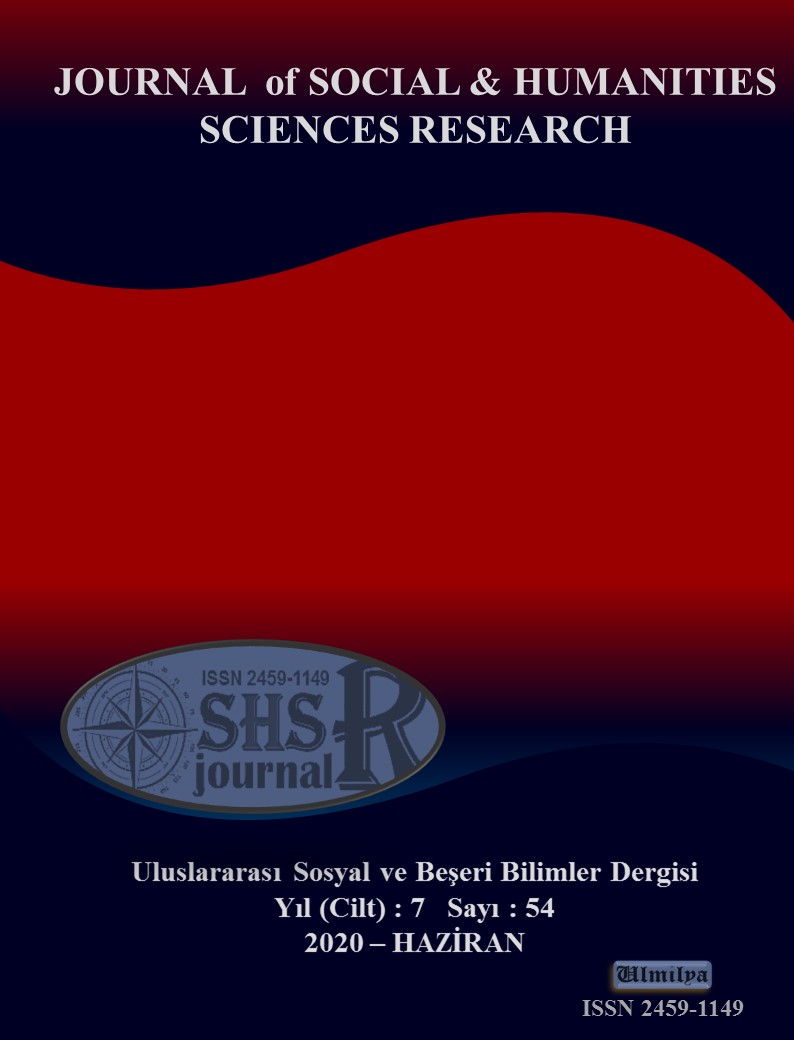DEVELOPMENT OF SHIP INTERIORS IN THE HISTORICAL PROCESS
DOI:
https://doi.org/10.26450/jshsr.1917Keywords:
Floating Structure, Accommodation Areas, Ship, Historical Process, Industrial RevolutionAbstract
Ships which we came across in historical adventures about many important fields such as geographical expeditions, war, transportation and trade and which has a great contribution on intercultural interaction, serves to specific aims and can be defined as mobile structures that can move on or below water has developed and still developing throughout the historical process depending on technological and sociological improvements. Formation of ships and interiors of them started in Ancient Times and transformed substantially in the New Age starting with Industrial Revolution when manpower was replaced with machine power and evolved into today’s ships in the Modern Age due to sociological developments such as ergonomics and human rights. All these improvements throughout ages, needs of humans accordingly and risk factors which would cause security gaps have been directly effective on the formation and development of ship interiors.
In this study, the historical development of ship interiors was analysed within the frame of interior architecture discipline with the data obtained from literature reviews and by using the historical method which is one of the quantitative research methods; and the effect of technological and sociological developments of the era on ship interiors was determined. This study has contributed to the literature apart from giving information about the history of ships and development process of ship interiors to interior architects, architects and industrial designers who want to expertise in the shipbuilding sector
Downloads
Published
How to Cite
Issue
Section
License
Copyright (c) 2020 INTERNATIONAL JOURNAL OF SOCIAL HUMANITIES SCIENCES RESEARCH

This work is licensed under a Creative Commons Attribution 4.0 International License.


